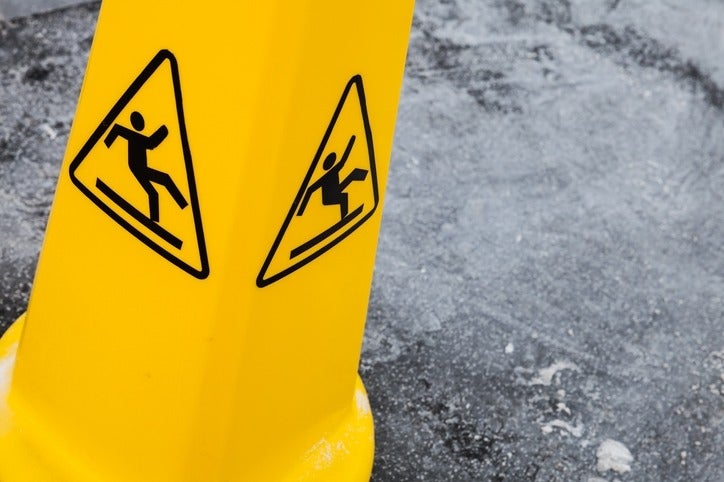Six Common Myths About Falls

Fall prevention is an important part of staying healthy as you age. But many people misunderstand the facts when it comes to falling.
These are some of the most common myths when it comes to falls:
Myth 1: Falling is just part of aging
Truth: Falling is not a normal part of aging. You can take steps to reduce your risk of falling by having your vision checked, staying physically active, asking your doctor to review your medications, and making your home fall-proof.
Myth 2: Staying home reduces the chances of falling
Truth: According to the National Institute on Aging, 6 out of every 10 falls happen at home. Hazards in the home are often overlooked, but easy to fix. Make sure you have a clear path and don’t have to walk around furniture when walking through a room, use heavy-duty double-sided tape to prevent throw rugs from moving, keep rooms well lit, and use a night-light.
Myth 3: Less activity means fewer chances to fall
Truth: Physical activity actually helps you stay independent, and improves your strength and balance. Examples of helpful exercises include stretching to improve balance, yoga to increase flexibility, and walking, climbing stairs, or cycling to improve lower body strength. Tai chi is an especially good activity for improving balance.
Myth 4: Medication isn’t a factor in falling
Truth: Medications affect people in different ways and can increase your risk of falling by affecting your balance. Talk to your doctor about potential side effects or interactions from your medications.
Myth 5: Vision isn’t connected to falling
Truth: Vision is a key risk factor for falls. Poor vision or conditions like glaucoma and cataracts can increase your chances of falling. Have your eyes checked annually, and update your eyeglasses if necessary.
Myth 6: It’s not important to tell your doctor if you fall
Truth: If you fall, even if you aren’t injured, it’s important to talk to your doctor right away. Your fall could be related to a medical problem or a medication. Your doctor will work to find the cause and help prevent another fall.
